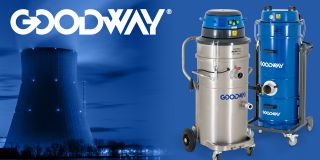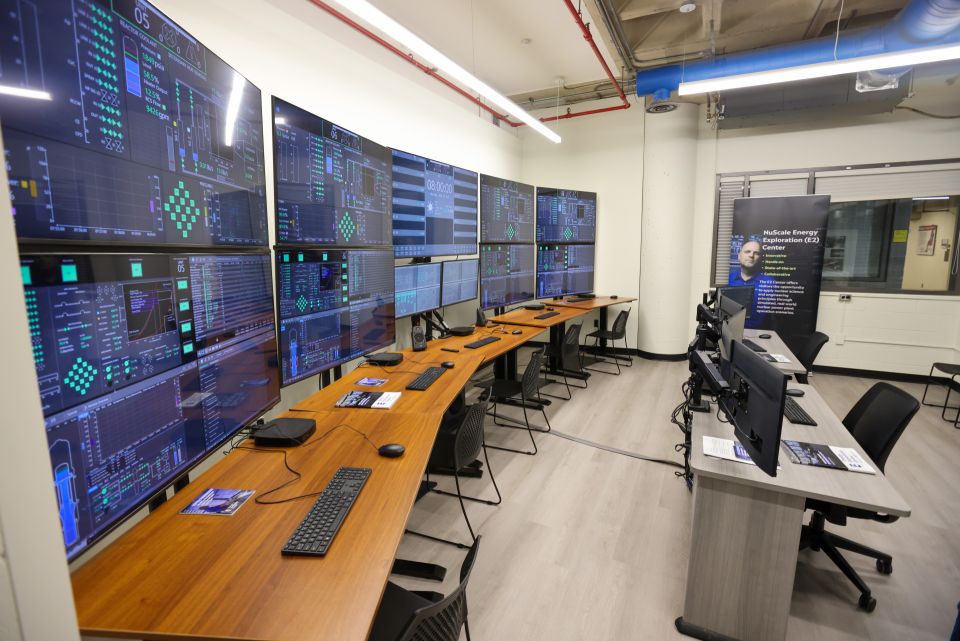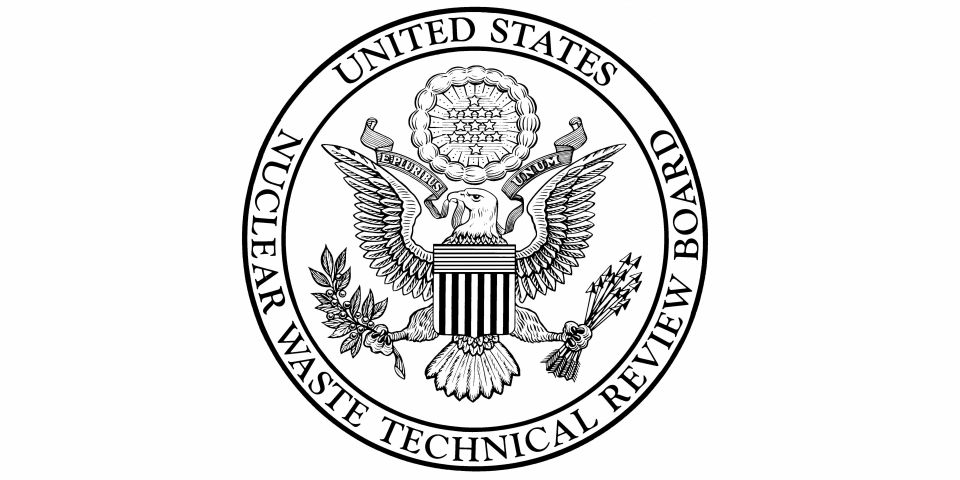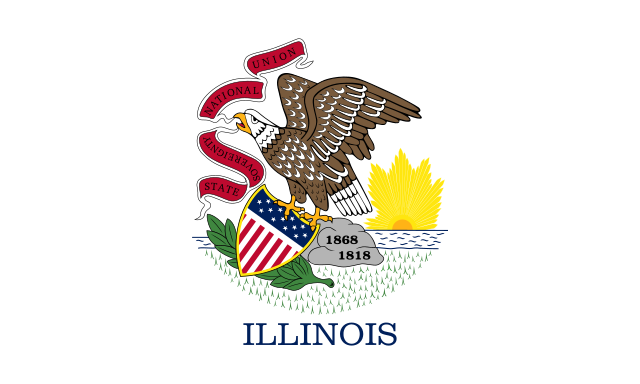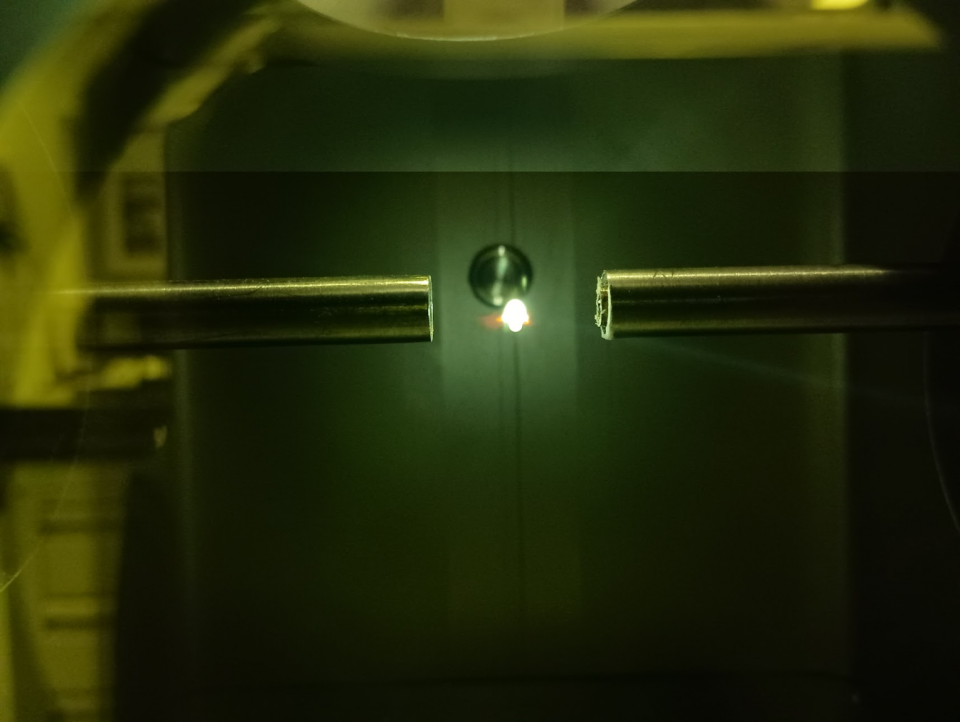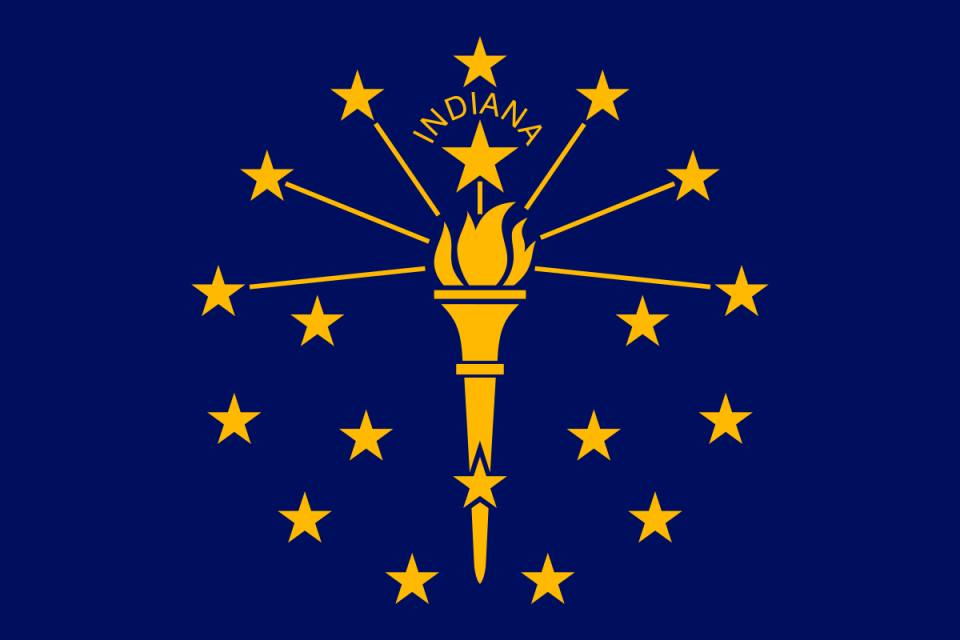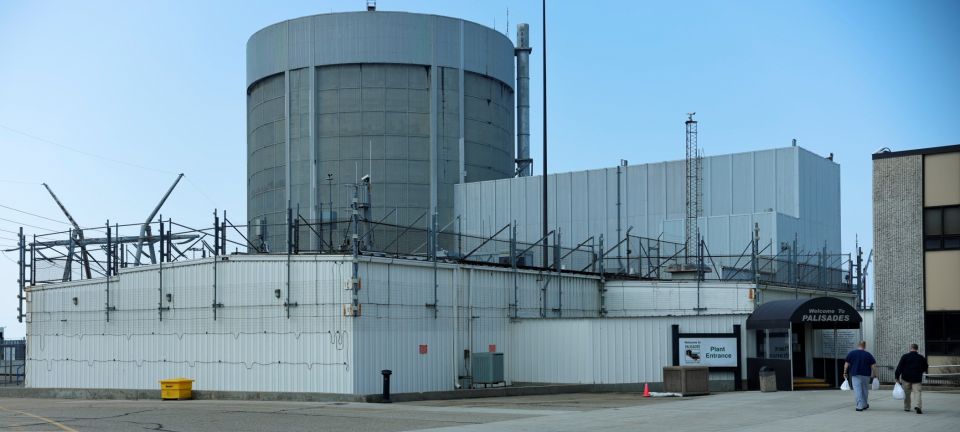$900M offer for SMR funding opens again—realigned to energy dominance agenda
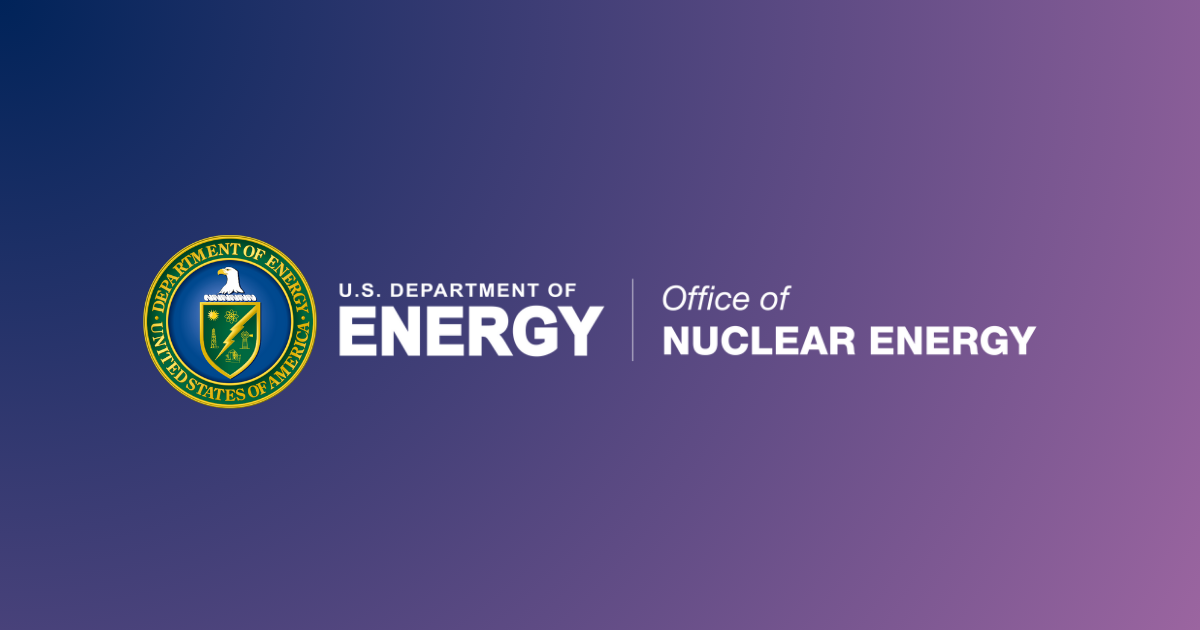
The Department of Energy reissued a $900 million solicitation on March 24 designed to de-risk the deployment of “Gen-III+” light water small modular reactors. The same funding was previously offered in October 2024, with applications due January 17. Now, potential applicants have until April 23 to apply for a grant under a solicitation modified to “better align with President Trump's bold agenda to unleash American energy and AI dominance.”
At least three current nuclear operating utilities—Arizona Public Service, Constellation, and TVA—announced earlier this year that they were lead applicants for funding under the milestone-based grant program. Now, they are invited to “revise their applications, as appropriate, to include the removal of any Community Benefit Plan information, and resubmit their application in its entirety.” The solicitation is open to all eligible applicants, whether or not they applied previously.
“America’s nuclear energy renaissance starts now,” said Secretary of Energy Chris Wright. “Abundant and affordable energy is key to our nation’s economic prosperity and security. This solicitation is a call to action for early movers seeking to put more energy on the grid through the deployment of advanced light water small modular reactors.”
What changed: The solicitation was modified to align the DOE’s Gen III+ SMR program with the policies of the Trump administration. Among the changes, “all community benefits requirements, and related elements, have been removed from the solicitation.” The remaining four criteria—project achievability and potential impact, financial viability, licensing and construction workplan, and management team and program partners—will be evaluated with equal weighting of 25 percent. In the previous solicitation, those four criteria—plus a fifth, a community benefit plan—were each to be evaluated with a 20 percent weighting.
The previous solicitation required a community benefit plan that considered four factors: local engagement, alignment of community benefits with community priorities, quality local jobs, and support for underrepresented groups.
What stayed the same: As before, the program gets support from the Office of Clean Energy Demonstrations, the Office of Nuclear Energy, and the National Nuclear Security Administration, though DOE-NE now has top billing above the OCED. The goal remains supporting the grid-scale deployment of “domestic Gen III+ SMR technologies that are reliable, licensable, commercially viable, and have a demonstrated path towards a multi-reactor orderbook.”
The $900 million for SMR support was appropriated in the Consolidated Appropriations Act of 2024 using funds from the Bipartisan Infrastructure Law, and it was first announced by the DOE in June 2024. As before, $800 million would go to Tier 1, or First Mover Team Support, for milestone-based awards to up to two teams. Tier 1 teams must include a U.S. utility, reactor technology vendor, and EPC (engineering, procurement, and construction) company, with the lead applicant being a utility, end user/offtaker, development company, or an incorporated consortium that includes a utility.
Tier 2, or Fast Follower Deployment Support, would provide a total of up to $100 million for multiple awards to “spur additional Gen III+ SMR deployments by addressing key gaps that have hindered the domestic nuclear industry in areas such as design, licensing, supplier development, and site preparation.”
The maximum expected project period remains “approximately up to 10 years” for grid-scale SMR deployments and up to five years for Tier 2 activities.
Applicants: Here’s what some applicants had to say when they announced grant applications earlier this year.
Constellation announced on January 15 that it was teaming with the New York State Energy Research and Development Authority to seek funding to support an early site permit from the Nuclear Regulatory Commission for one or more advanced nuclear reactors at the Nine Mile Point site in upstate New York to help the state “reach its goal of providing abundant, clean, reliable and affordable electricity for all New Yorkers.”
TVA announced January 17 that it was leading “a multi-joint public-private application” together with Duke Energy and others. The funding, if awarded, would “accelerate construction of an SMR at TVA’s Clinch River Project, in Oak Ridge, Tenn., by two years—with commercial operation planned for 2033.” TVA’s partners include Bechtel, BWX Technologies, Duke Energy, the Electric Power Research Institute, GE Hitachi Nuclear Energy, Indiana Michigan Power, Oak Ridge Associated Universities, Sargent & Lundy, Scot Forge, and North American Forgemasters.
Arizona Public Service announced February 5 that, partnered with the Salt River Project and Tucson Electric Power, it had applied for a grant “to begin preliminary exploration of a potential site for additional nuclear energy for Arizona.” If approved, the “joint effort could see the selection of a preferred nuclear site in the late 2020s, at the earliest, potentially enabling additional nuclear to be in operation in the early 2040s.”

